Are you considering subleasing your apartment but unsure about how to draft the perfect consent letter? Crafting a clear and concise sublease agreement consent letter is essential to ensure a smooth transition for both you and your potential subtenant. It not only protects your interests but also complies with any legal requirements set by your landlord. Let's dive into the essential components of this important document and help you navigate the subleasing process more effectivelyâread on to learn more!
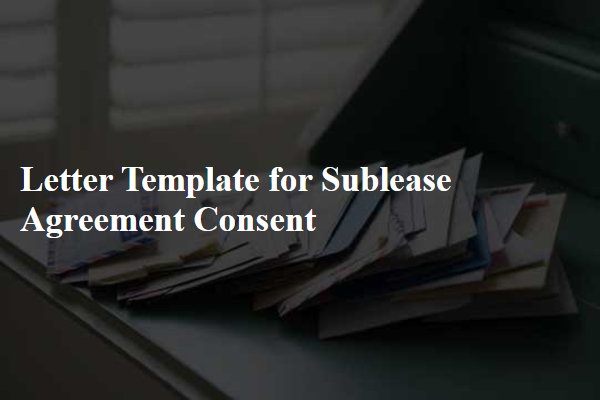
Names and Contact Information of Parties
In a sublease agreement, specific details regarding the parties involved are crucial for clarity and legal purposes. The primary tenant, often referred to as the sublessor, must provide their full name and current contact information (phone number and email address), ensuring they can be reached for any inquiries related to the sublease. The subtenant, or sublessee, must also present their full name and contact information, establishing a direct line of communication. This includes their residential address, phone number, and email address. Accurately documenting this information fosters transparency and accountability between all parties involved in the subleasing process.
Original Lease Agreement Details
The Original Lease Agreement typically includes crucial details that define the rights and responsibilities of the involved parties. This document commences with the Tenant's name and the Property Address, which encompasses the exact location (including street number, city, and state). The lease commencement date and termination date outline the duration of tenancy, often ranging from one year to multiple years. Rental payment details, such as monthly rent amount, payment due date, and penalties for late payments, are essential components. Additionally, any stipulations regarding security deposits, maintenance responsibilities, and rules about alterations or subleasing can profoundly impact the subleasing process. Lastly, identifiable parties may sign the lease, ensuring legal recognition and commitment to the terms stated within the agreement.
Sublease Term and Rent Payment
A sublease agreement consent involves specific details regarding the duration of the sublease and the financial obligations of the sublessee. The sublease term often specifies an exact period, such as six months starting from January 1st, 2024, ending June 30th, 2024. It is crucial to outline the monthly rent payment amount, commonly reflecting the original lease, possibly $1,200. Payment due dates are typically established, such as the first of each month. Methods for payment, including bank transfer or check, should be clarified. Furthermore, stipulations regarding late fees or penalties should be included to ensure both parties have clear expectations and responsibilities.
Subtenant Approval Conditions
A sublease agreement greatly impacts tenant relationships in rental situations. The primary document typically outlines the conditions under which a current tenant (sublessor) allows another individual (subtenant) to occupy the leased premises. Key approval conditions include the necessity for notification to the landlord (property owner) regarding the potential subtenant's background and suitability, often specifying stipulations such as employment verification, credit checks, or rental history for transparency. Additionally, the agreement should include stipulations regarding the duration of the sublease, ensuring it aligns with the original lease's expiration dates, as well as financial responsibilities related to rent payments and security deposits. It's essential for both parties to understand local tenancy laws, which may entail required written consent from the landlord for subleasing to be legally binding and valid in jurisdictions such as California or New York.
Liability and Responsibility Clauses
A sublease agreement outlines the terms between the original tenant and subtenant regarding the rental of a property. Liability clauses typically state that the original tenant remains responsible for the lease, ensuring payment of rent and property care. Should damages occur, the subtenant may be liable for any repairs or replacements not covered by the deposit. Responsibility provisions often clarify maintenance duties, specifying obligations for both parties, such as cleaning duties and adherence to property rules. Such agreements safeguard both tenants, providing clarity in situations such as property damage, late payments, or lease violations, thus protecting the interests of all parties involved.

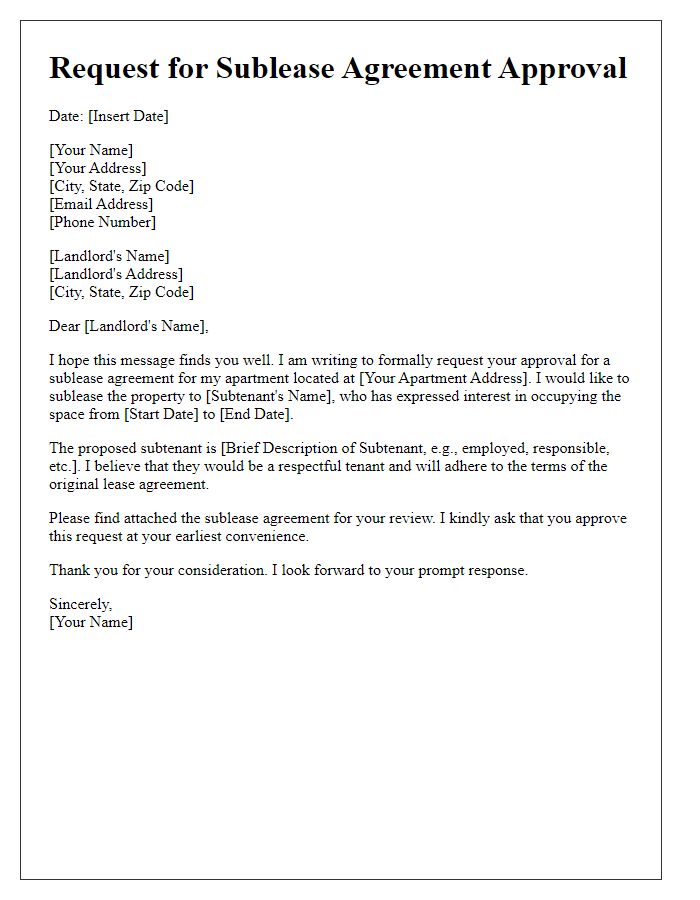
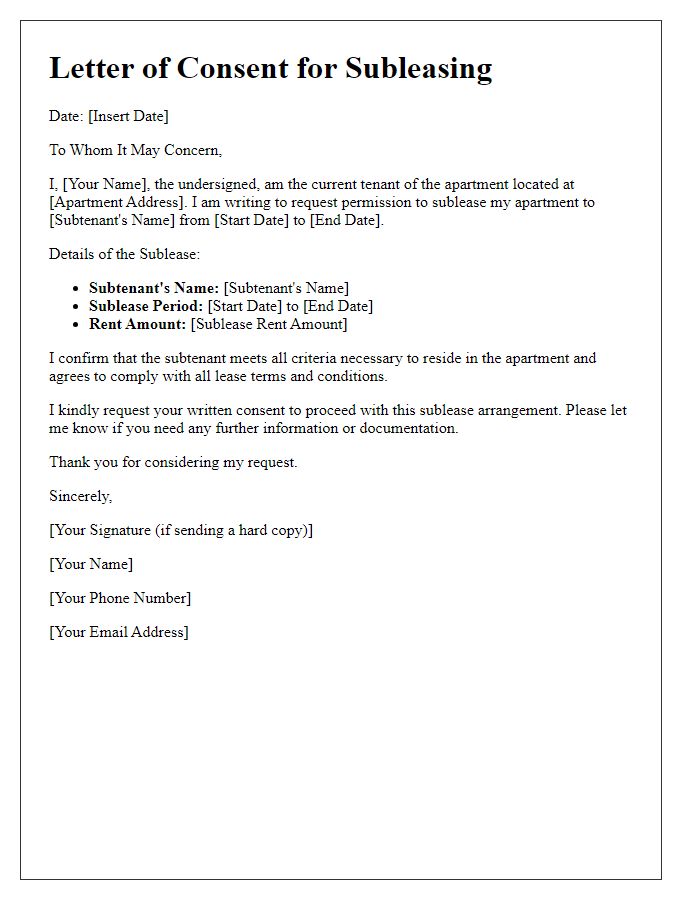
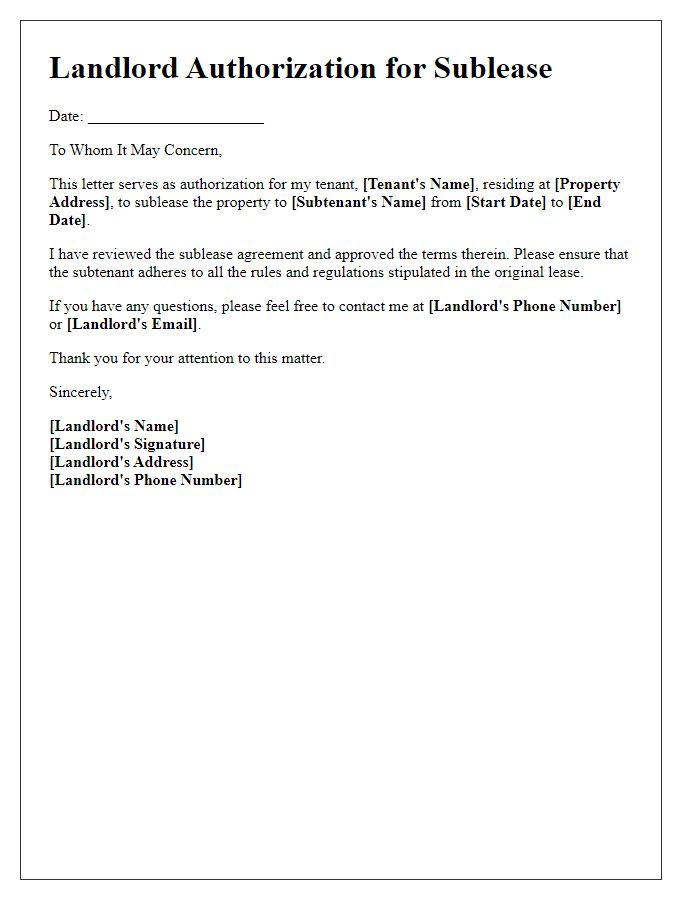
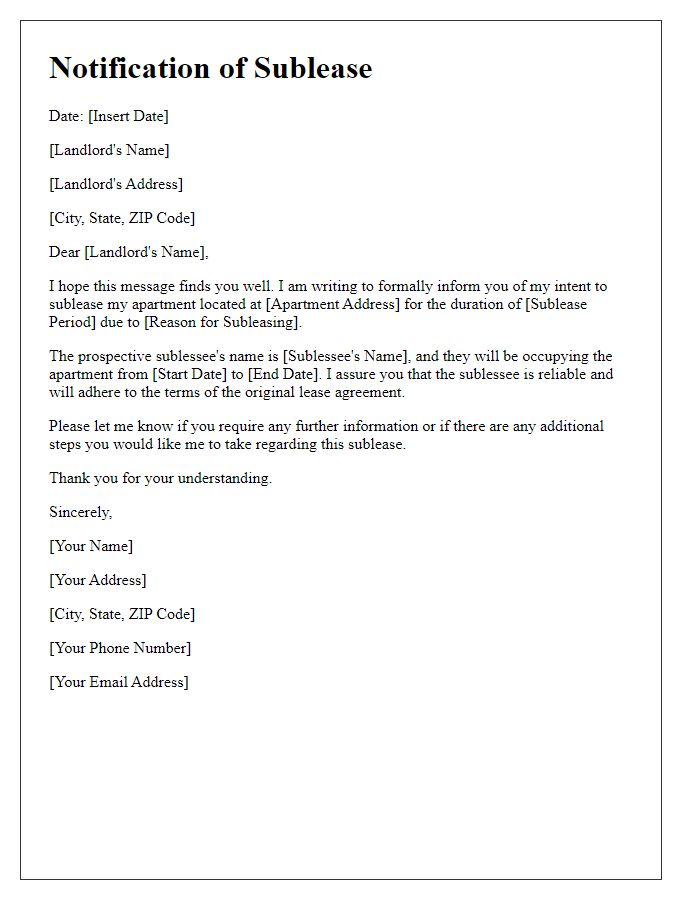
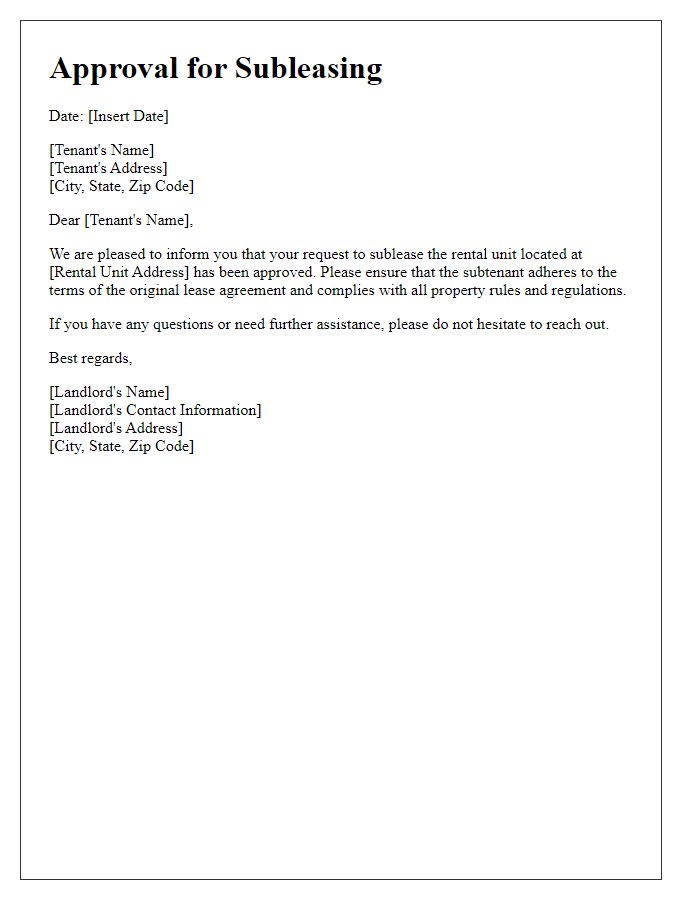
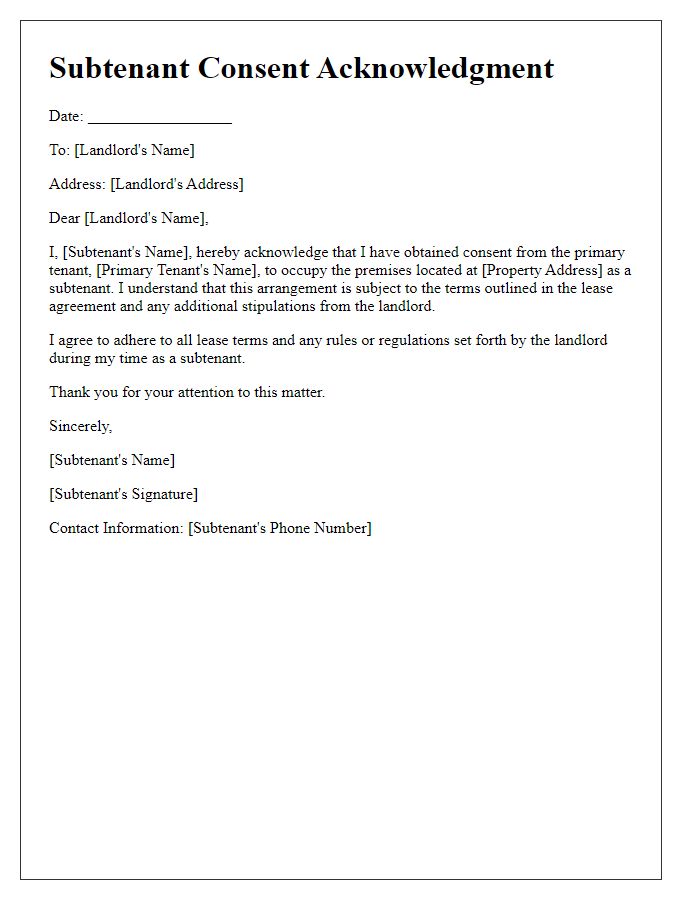
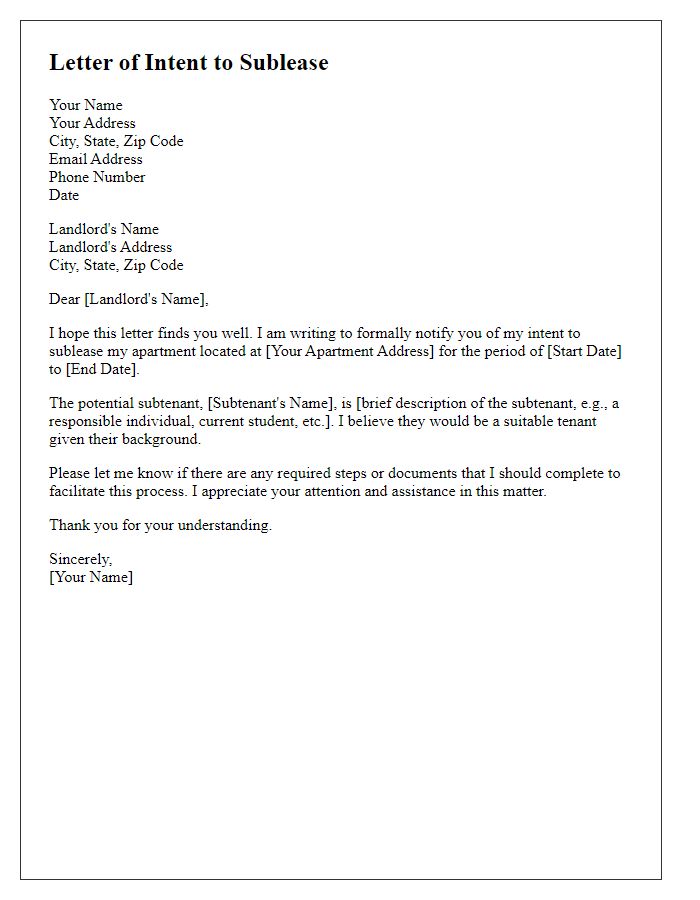
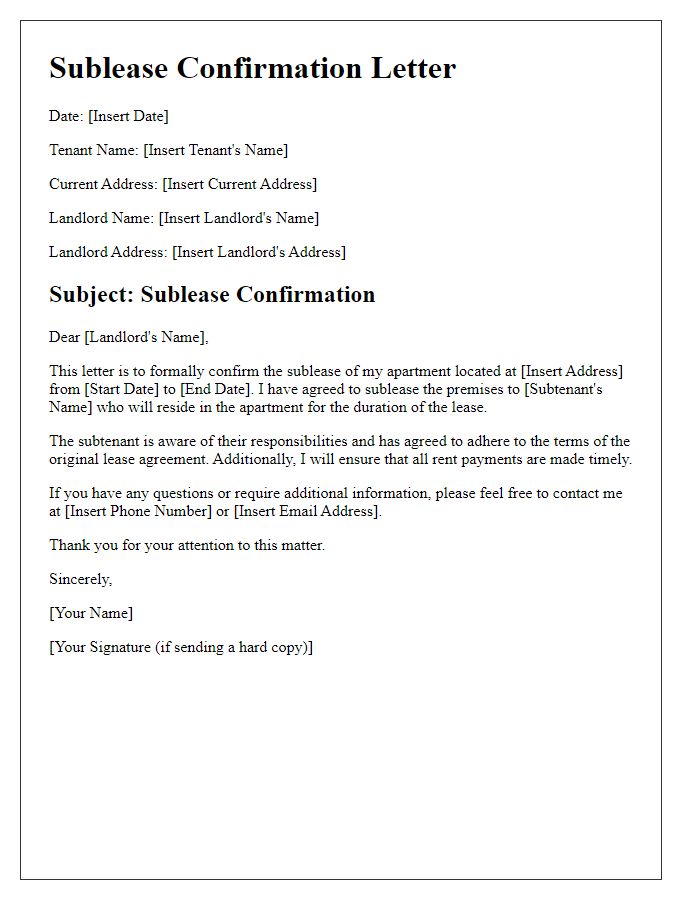
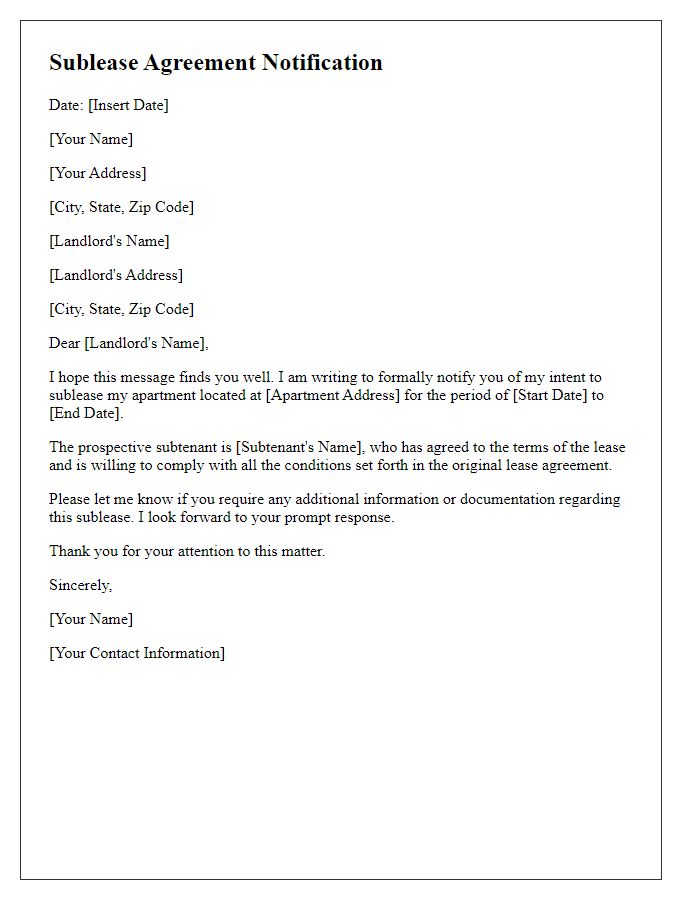
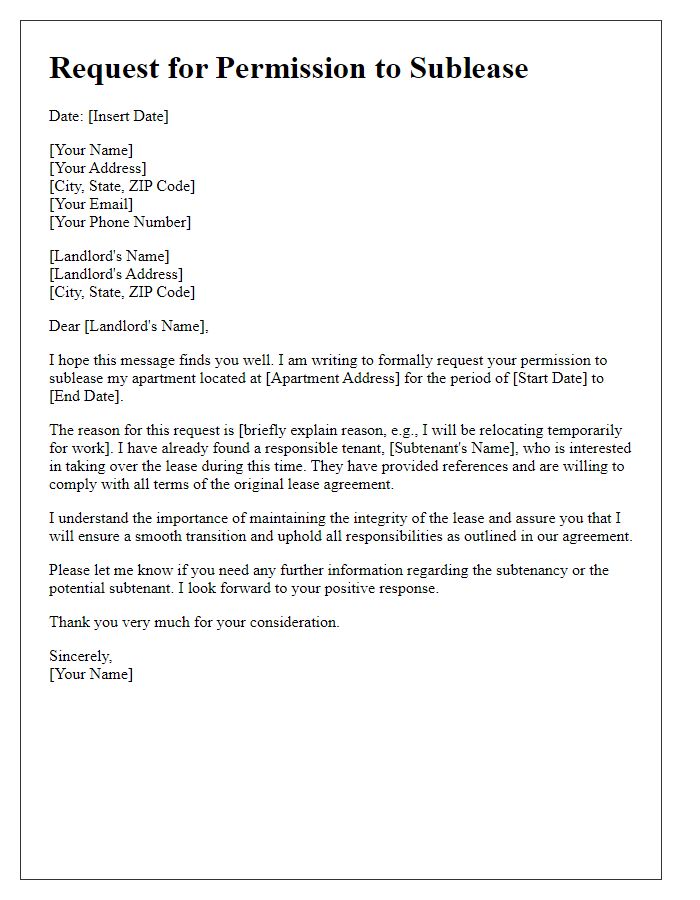

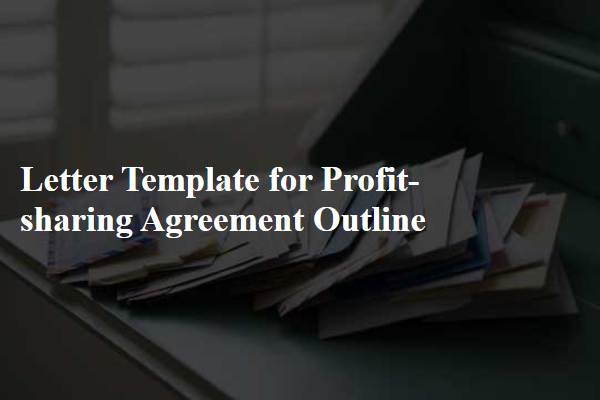
Comments